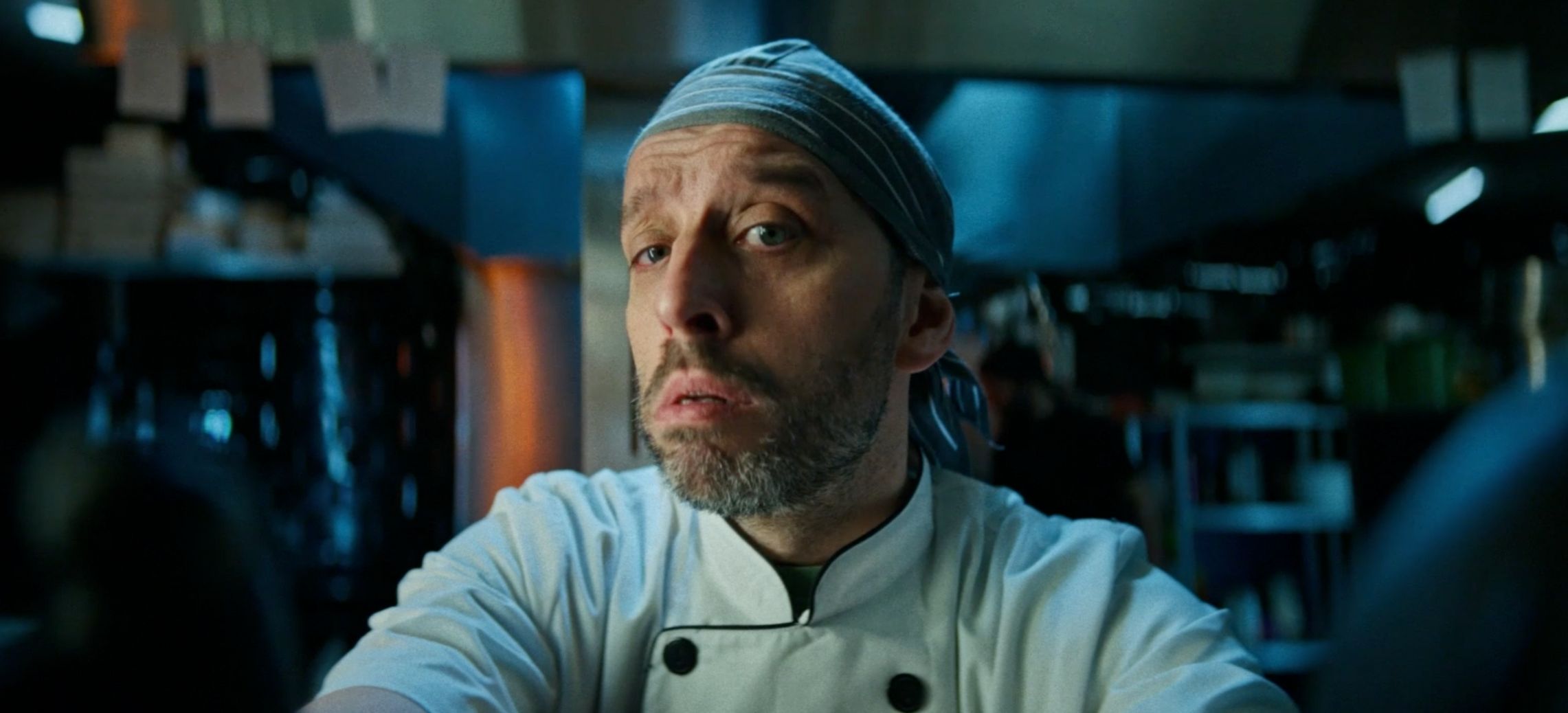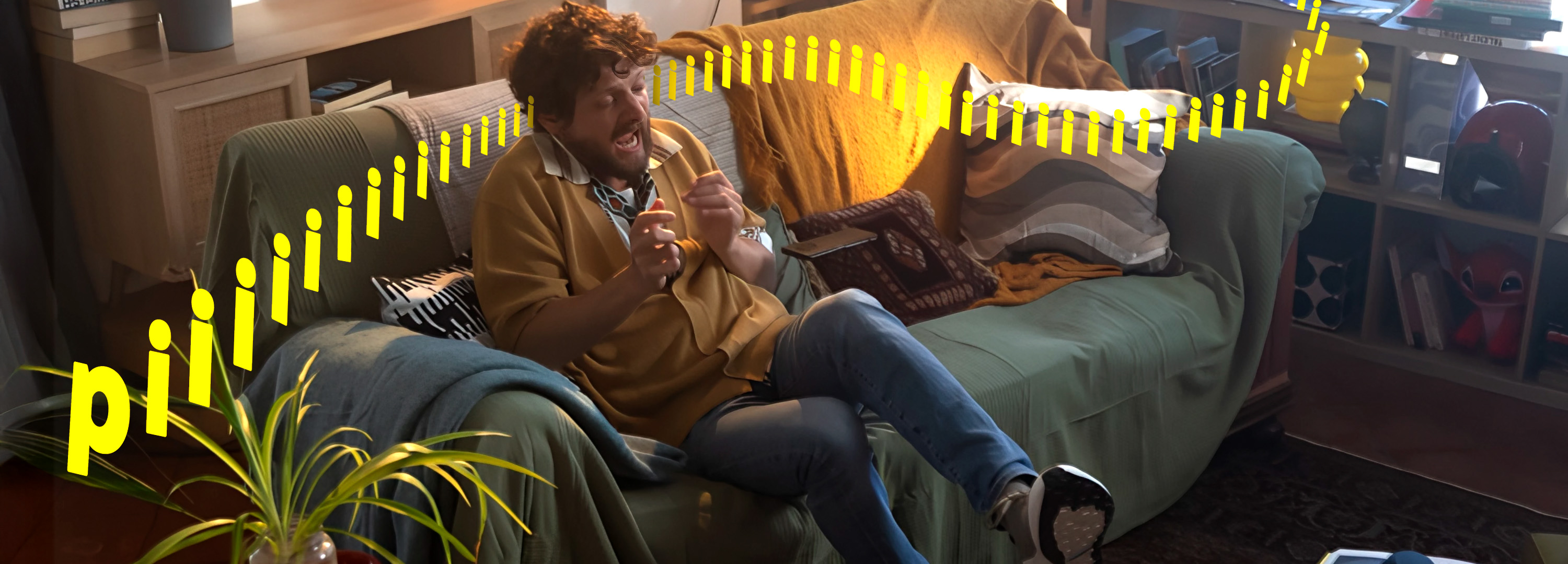It´s trending
- Date
- Written by Miguel Pereira
Social media have popularized the expression “it’s trending”, particularly Twitter with its trending topics. Everyone wants to know what’s trending, and better yet, to be trending. But what is a trend and how do you spot trends?
That’s what trend analysts or consultants, or comply trendspotters, do. It´s a job on the rise internationally (it’s a trend, we could say). They specialize in exploring the world and identifying those social, economic, or technological changes that favor the consolidation of a change in behavior by a certain group. One of the best trend professionals in Spain is Juan de los Ángeles, founder of C4E, who recently presented his book ‘Verlas venir’ at Darwin & Verne. This book has taught me how much there is of science (more than I thought) and how much there is of talent and intuition (also more than I thought) in the fascinating world of trend spotting.
In his book Juan explains that they detect signals or inputs, i.e. clues or hints about something that could happen; microtrends, i.e. the combination of several signals or inputs; and macrotrends, or trends themselves.
And what is this useful for? Juan explains it clearly: “at C4E we discover and elaborate trends with four goals in mind: to provoke, to explain reality, to select what is valuable, and to make people think”. Nothing less.
Taking a look at the latest C4E trends report I see interesting terms such as ChatGPT (no surprise, right?), ‘data poisoning’, ‘pension time bomb’, ‘re-greening’, ‘dis-influencers’ or ‘green hushing’. These are some of the trends that will really consolidate important social changes in the coming years.
In contrast, Twitter’s trending topics are an ode to the instantaneity in which we live and focus only on the terms of conversation at a specific time, in the very short term. For example, during the weekends they are usually plagued by names and terms related to sports competitions.
Someone might think that Google Trends and other tools also identify trends, and it is true… only that Google Trends only allows you to see trends postmortem. It does not allow us to make projections for the future. Indeed, looking at Google Trends we see that, for example, searches for the term AI worldwide have multiplied by 4 since December, and the term ChatGPT has multiplied by 100. However, this only serves to check what has happened, not to explain it or to anticipate the future. It is the perfect tool for the “I told you so” people. Many will tell you where it should not have gone when the car has broken down.
There are other interesting tools, such as Exploding Topics, which I learned about some years ago thanks to Miguel Ángel Hernández, which is useful for detecting terms or indications of products or fads that are consolidating, usually in niche topics, but which does not allow us to analyze social changes in depth. A glance at the tool to the topics that are exploding in recent years offers terms such as ‘cat toothpaste’, ‘bamboo tumbler’, ‘neuroeducation’, ‘writesonic’, ‘B2B SEO’, or ‘dealcoholized wine’. Interesting for discovering up-and-coming ideas or product categories, albeit on much more niche topics.
What opportunities open up with early trend spotting? I experienced it when in 2008 I founded with other partners the digital agency Social Noise (now Darwin & Verne) on the basis of the incipient irruption of social media at that time. In entrepreneurship (and in business in general) the sense of opportunity is critical. Do you realize how many opportunities are in front of us right now if we could detect the most relevant trends before others do?
If you’re interested in this topic or want to learn about relevant trends in your industry, contact us!



